Summary | Excerpt | Reading Guide | Reviews | Beyond the Book | Read-Alikes | Genres & Themes | Author Bio
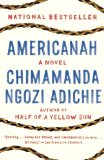
Critics' Opinion:
Readers' Opinion:
First Published:
May 2013, 496 pages
Paperback:
Mar 2014, 608 pages
 Book Reviewed by:
Book Reviewed by:
Sarah Sacha Dollacker
Buy This Book
This article relates to Americanah
Ifemelu remarks that there is no better metaphor for race in America than black women's hairstyles, and the history of Afro-textured hair would seem to support her observation. In Africa, especially prior to the slave trade, hairstyles were used to communicate a variety of messages from status to identity to fertility. Dense, thick, clean and neatly groomed hair was highly prized. Hair stylists were well-versed in a variety of hair designs that helped them to create styles that would conform to the local standards of their villages or tribes. Braiding, which is a multi-million dollar industry in America and Europe today, was, during this time, a free and communal affair, an opportunity for female bonding. Braiding sessions included shampooing, oiling, combing, braiding, and accessorizing. Palm oil and palm kernel oil were used to moisturize the scalp, while shea butter and North African argan oil were used to protect the scalp and/or hair from intense sun and heat. These sessions could last hours or even days, depending upon the skill required. There was great pride taken in Afro-textured hairstyles and experimentation in hairstyles and ornamentation was common.
With the onset of the slave trade, and with Africans leaving their native villages, the pride in Afro-textured hair among these displaced people slowly began to change out of necessity. Many slaves were young, between 10-24 years old, and lacked the skill and expertise to maintain hairstyles that were considered appropriate in their home villages. The elaborate hairstyles also took hours to maintain. The harsh regimen inflicted by the slavery system – 12-15 hour work days, 7 days a week – left little time for grooming. African slaves were forced to wear matted locks, a sharp contrast to the hairstyles maintained in Africa. To combat this, slaves began to use sheep carding tools, but this often resulted in lice and dandruff. Many would be forced to use kerosene or cornmeal mixtures applied directly on their scalps to cure these ailments.
In the 19th century, laws were passed that enabled slaves to have Sunday as a day of rest. Sundays involved attending church and, for some, tending their hair. Women began to wear their hair in cotton rollers during the week and styled their hair on Sunday, sometimes with a hot butter knife to set curls. Men used axle grease to straighten and dye their hair.
 Because white culture predominated during this period, the notion that "lighter and straighter" was better reigned. (Natural Afro-textured hair was described as "wool.") Both men and women began to experiment with ways to relax the tight curls in their hair to get close to the white ideal. One solution used a mixture of lye and potato, which burned the scalp on contact. Many women chose simply to cover their hair with a scarf while in public.
Because white culture predominated during this period, the notion that "lighter and straighter" was better reigned. (Natural Afro-textured hair was described as "wool.") Both men and women began to experiment with ways to relax the tight curls in their hair to get close to the white ideal. One solution used a mixture of lye and potato, which burned the scalp on contact. Many women chose simply to cover their hair with a scarf while in public.
After the end of slavery, many men and women continued to straighten their hair. Many women chose to wear wigs or hot comb their hair, but some men, like Malcolm X, who describes the painful procedure in his The Autobiography of Malcolm X, chose to "conk" their hair (Incidentally, Thirsty Roots has a concise visual history of black hair that is worth checking out). The term "conk" comes from congolene, the name of a hair straightener made with lye that would allow the hair to be straightened and easily styled. This concoction was not dissimilar from the homemade straightener that slaves used during the 19th century. In the early 1900s, Madame C.J. Walker developed a range of haircare products for African Americans. In 1910 Walker was featured in the Guinness Book of Records as the first self-made American woman millionaire.
 The advent of the Civil Rights, black power, and black pride movements saw the reclamation of pride in Afro-textured hair. These movements encouraged black people to embrace their natural hair and have pride in themselves, separate from white culture. This gave rise to the "Afro" hairstyle that communicated the idea that "black is beautiful" and rejected Eurocentric standards of beauty. The popularity of natural Afro-textured hair has gone up and down over the years. Today, many black women use some kind of heat or chemical process to straighten their hair. As of 2006, black hair care was a billion dollar industry.
The advent of the Civil Rights, black power, and black pride movements saw the reclamation of pride in Afro-textured hair. These movements encouraged black people to embrace their natural hair and have pride in themselves, separate from white culture. This gave rise to the "Afro" hairstyle that communicated the idea that "black is beautiful" and rejected Eurocentric standards of beauty. The popularity of natural Afro-textured hair has gone up and down over the years. Today, many black women use some kind of heat or chemical process to straighten their hair. As of 2006, black hair care was a billion dollar industry.
Picture of poster from vintageblackglamour.tumblr.com
Picture of product from madamcjwalker.com
.
Filed under Cultural Curiosities
![]() This "beyond the book article" relates to Americanah. It originally ran in June 2013 and has been updated for the
March 2014 paperback edition.
Go to magazine.
This "beyond the book article" relates to Americanah. It originally ran in June 2013 and has been updated for the
March 2014 paperback edition.
Go to magazine.
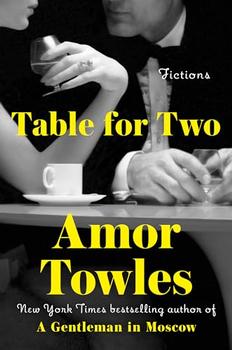
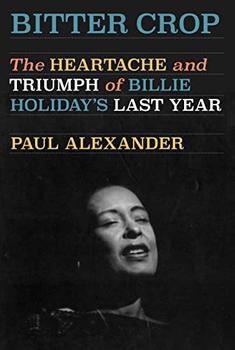
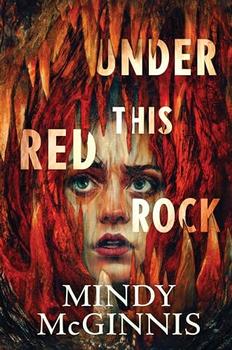
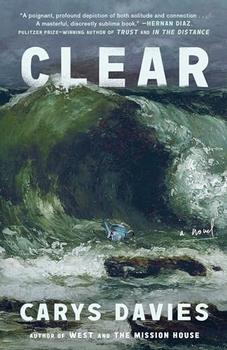
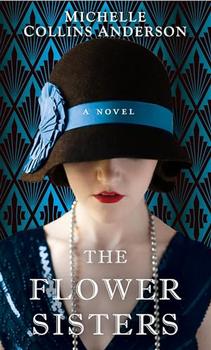
The Flower Sisters
by Michelle Collins Anderson
From the new Fannie Flagg of the Ozarks, a richly-woven story of family, forgiveness, and reinvention.
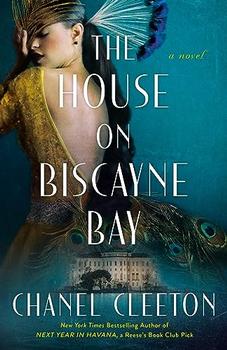
The House on Biscayne Bay
by Chanel Cleeton
As death stalks a gothic mansion in Miami, the lives of two women intertwine as the past and present collide.

The Funeral Cryer by Wenyan Lu
Debut novelist Wenyan Lu brings us this witty yet profound story about one woman's midlife reawakening in contemporary rural China.
Your guide toexceptional books
BookBrowse seeks out and recommends the best in contemporary fiction and nonfiction—books that not only engage and entertain but also deepen our understanding of ourselves and the world around us.